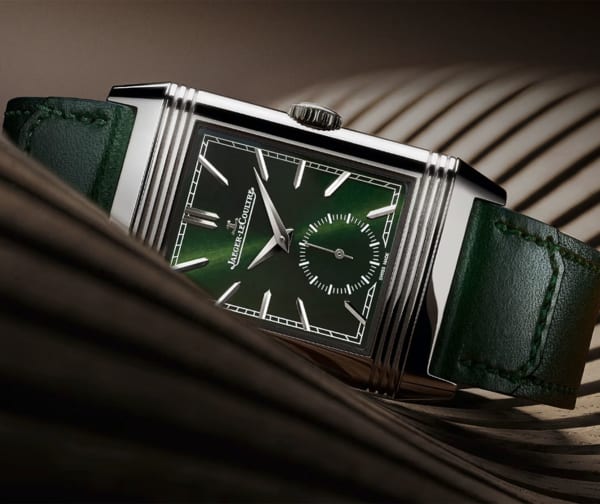Over the last few years, the popularity of vintage watches has had some ups and downs, to say the least. It was only about five or six years ago that vintage was all anyone in our community seemed to be talking about. Rare references from Rolex and Patek were setting auction records, and enthusiasts who got into the hobby before the vintage boom suddenly found themselves with collections of real and surprising value on their hands. Things have calmed down a bit recently, and while I certainly wouldn’t say vintage is over by any means, it’s become a tougher nut to crack. Consumers are, correctly, more concerned with authenticity and originality than they ever have been, which has changed the landscape considerably. Among other things, it’s opened the door for brands to get into the vintage game, making rare references from their back catalogs available to the public with the promise of proper and careful restorations, ensuring the value and history of these watches haven’t been neglected by an inexperienced watchmaker or service center. Jaeger-LeCoultre is perhaps the highest profile brand to enter this market, and they’ve just unveiled their second capsule collection in their ongoing series, The Collectibles.










 Featured Videos
Featured Videos












